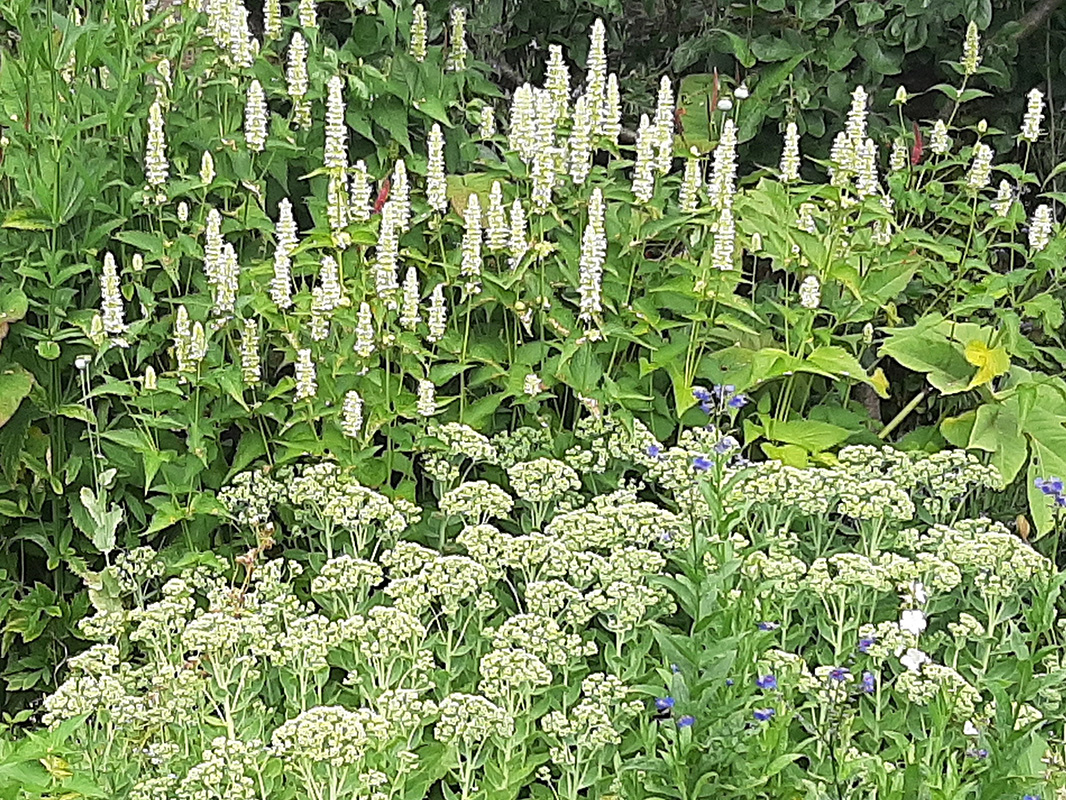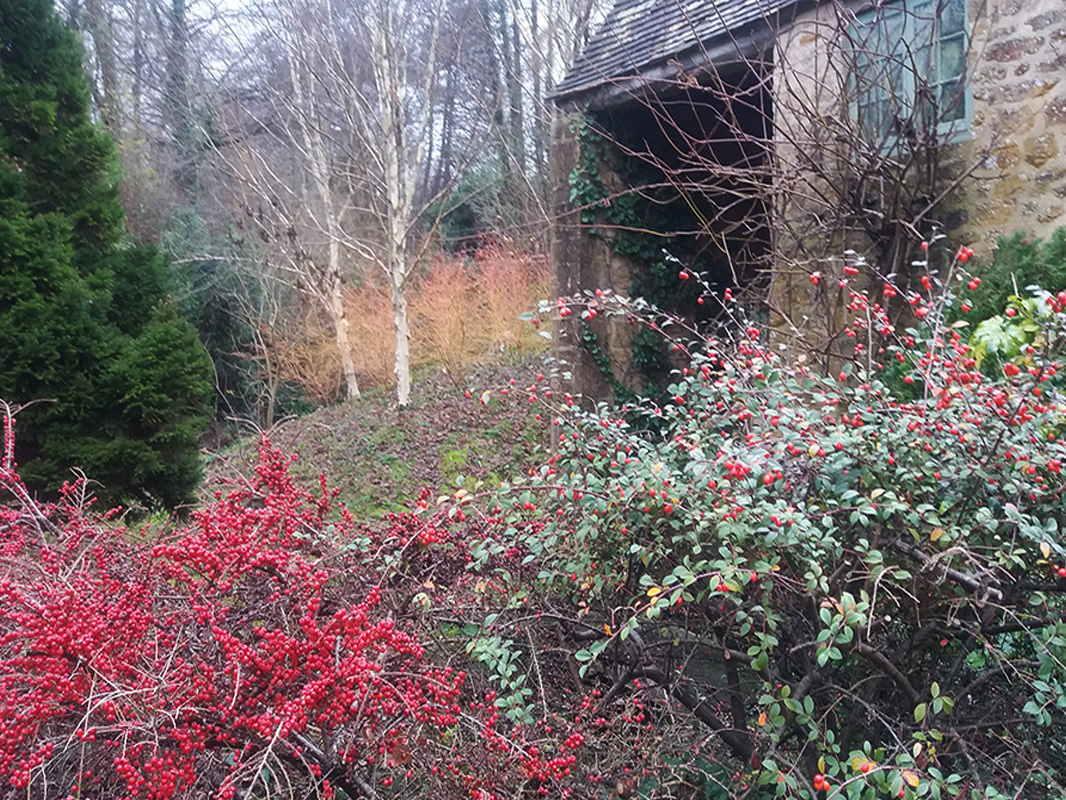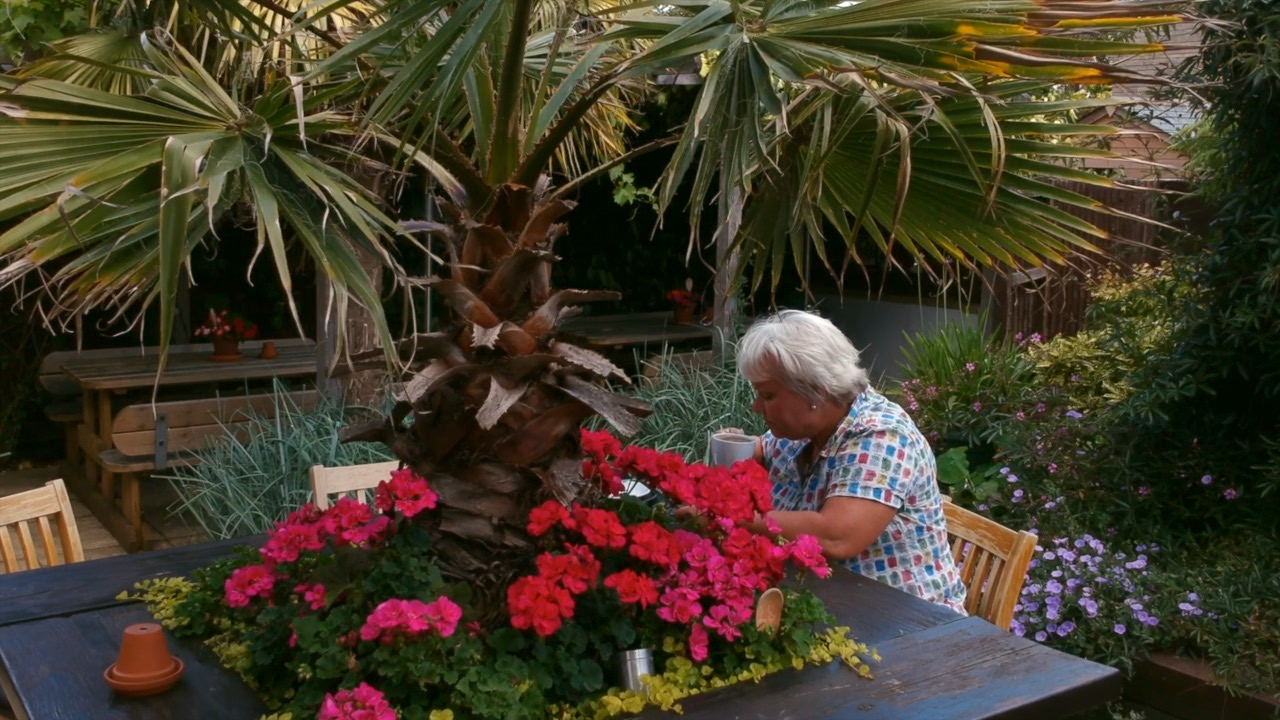Guest Post by Tim Rogers
Nest Boxes in Your Garden: How to Use Them
If you want to attract birds into your garden then providing nest boxes where they can shelter and hide from the weather in the winter months and nurture and protect their young in the spring and summer month is the perfect choice.
However, it’s not just a case of buying a box and hanging it in a tree – you need to get the positioning of the box just right and you need to spend some time preparing it in order to attract birds to use it fully.
It’s not just the location, but also the size of the box and how big the entrance is which will help to attract birds to use it or not and could make the difference between the bird finding a suitable home for their eggs or not.
It helps if you have a type of bird in mind that you would like to attract because different species of birds have different requirements when it comes to where they will host their nests and bring up their chicks.
Here are a few tips for making sure your nest box is suitable for whichever birds you are hoping to attract:
- Make sure the box is big enough to house the birds and a nest full of babies
- Make sure the birds can get in and out easily but that predators can’t
- Place it in an area where the birds will be sheltered from rain, wind and strong sun
- Have a lid which you can open or remove so it can be cleaned out every year
- Make sure predators can’t access it or knock it down easily
- Keep it as natural as possible
There are a couple of different types of nest boxes or bird tables and the one you pick depends up on the type of bird you are hoping to attract – each of them also needs to be placed slightly differently in your garden to gain maximum impact.
- Open fronted nest box
These nest boxes, as the name suggests, have a completely open front making it very easy for birds to enter them. They should always be positioned around 2 metres off the ground, attached to a wall or tree or potentially a tree which provides cover.
These boxes are generally used by robins, wagtails, wrens and sometimes blackbirds if the box is big enough for them. You need to make sure they are placed in an area which provides shelter and cover due to the open nature of the box.
- Small hole entrance nest box
These nest boxes come in many sizes with different size holes and are the most popular choice for most gardens. They can be used for many types of birds and the key deciding factor on which birds will use it is down the size of the hole and how high up you place the box.
You need to make sure the nest box is fixed securely to a wall, tree or fence at least two to four metres high – and make sure predators can’t reach them. They also need to be sheltered from strong winds.
If the entrance hole is around 25mm wide, your box will attract blue tits, coal tits and marsh tits as well as other small birds. If you get one with an entrance of 28mm or larger, you will attract sparrows and great tits. If you want to attract woodpeckers you need an entrance hole of at least 32mm.
When siting a nest box you should aim to face it some way between north and east to give it some natural protection against the elements and it should be slightly tilted to allow the rain to run clear and not fill up the box.
The best time to start getting your bird box ready is in the autumn as birds tend to start looking for places to roost and store their food in early winter, and generally they return to the same safe place in the spring for nesting. That way they will have plenty of time to check out the box and get settled into your garden.
Here are a few more tips to help make the best use of your nest box:
- Provide a clear flight path for birds to reach the box and get easy access
- Don’t put the box too close to bird feeders or baths as the other birds’ activities will cause disruption
- Don’t have too many boxes close together as birds can be territorial
- Provide enough food for every box you set up
- Don’t use materials which could rust, when attaching a bird box to your garden
If your nest box isn’t used regularly, try moving it to a new location – it could make all the difference
Tim is a freelance nature writer. On his spare time he likes listening to podcasts about books and on weekends he can be found in his neighborhood thrift shops looking for mismatched stools and chairs.



